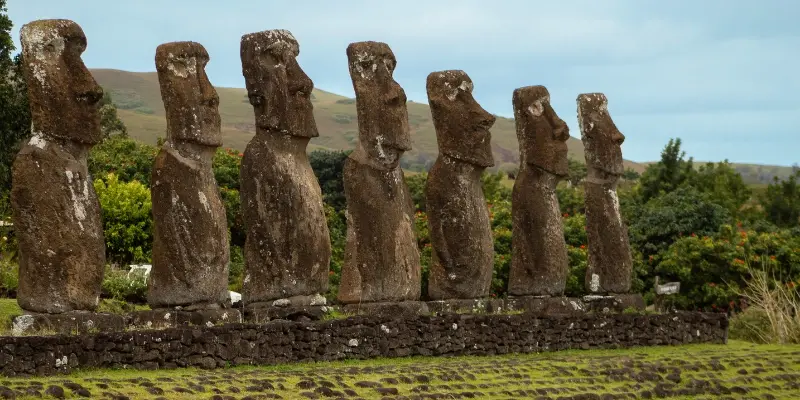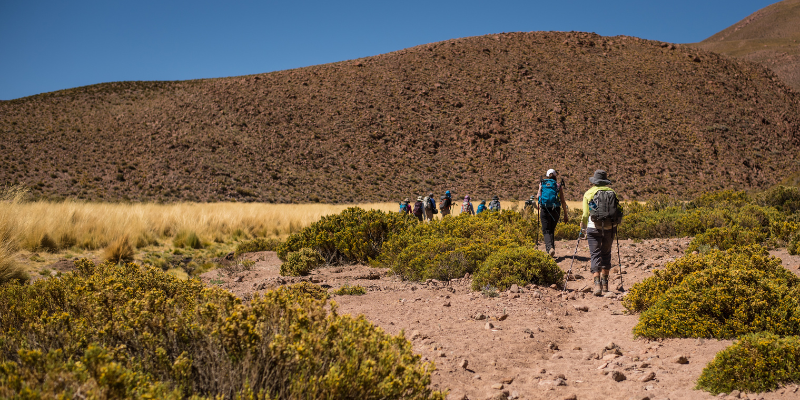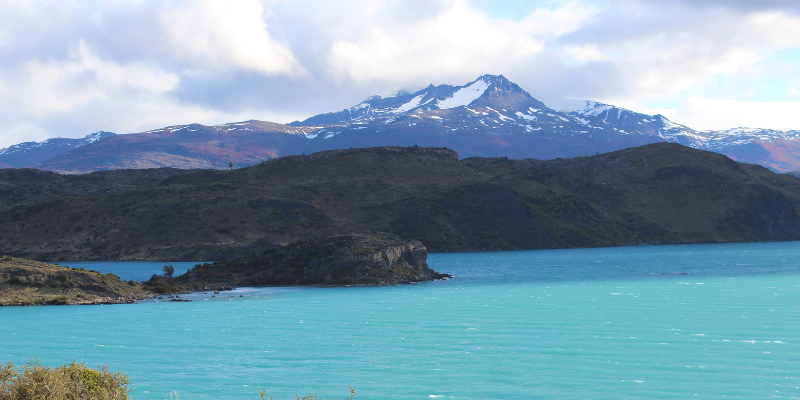We’ve been talking a lot about film-making lately here at Cascada, and who can blame us?! The past few months have seen EcoCamp transform itself into something of a wildlife and travel film Hollywood as we shot our inaugural Puma Tracking video in the heart of Torres del Paine and hosted a groundbreaking BBC Natural History Unit filming project . Furthermore, we recently hosted a unique film team with a distinct vision of travel filming: Nikki and Dusty, the Two for the Road duo who filmed their Multisport Adventure travel experience at Torres del Paine with their signature dynamism and charisma.
Nikki and Dusty's Multisport Adventure Video
However, this does not mean that Cascada favours wildlife travel filming done by professionals with experience, equipment and a Ludovico Einaudi soundtrack.
Traveling offers each of us the same invaluable opportunity to get in touch with the environments and cultures that surround us and everybody has the right to record these experiences in whichever way they see fit: a journal, poetry, a souvenir bank, a travel blog, photos or a travel film.
1. Tell a Story
It doesn’t have to be one of biblical proportions, but something, however simple, to outline the general premise of what you’re doing, where you’re doing it and why you’re doing it. Make sure you include yourself in it if possible - audiences love a bit of pathos!
.jpg?width=5436&name=A%20Path%20Thumbnail%20(4%20of%201).jpg)
2. Don’t Move the Camera
This might seem somewhat obvious but you’ll be surprised how much even fiddling with the zoom function, no matter how steady the hand, can affect the viewing experience. As authentic as you may want your travel film to be, too many unsteady, hand-held shots and frantic zoom-ins/outs may risk having the ‘Cloverfield effect’ on your viewers.
3. Show People Speaking
Believe it or not, running voice commentaries do very little of the ‘talking’ when it comes to a travel film. Don’t hide behind your camera or your voice - avoid keeping your viewers at arms’ length by getting in front of the lens and allowing people to see you in the thick of the action.
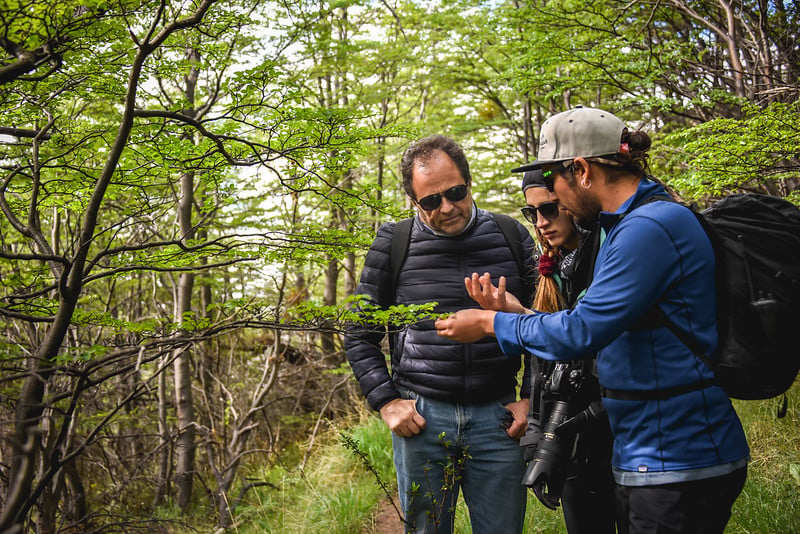
4. Know Your Subject
In the words of Tuppence Stone, you should be prepared to put in the time to know your subject. Of course, she was referring to the importance of getting to know a specific animal species for wildlife filming purposes, however, the same principle definitely applies to all filming endeavours: for travel filming, this means having a clear idea of what your country or region of choice has to offer and thinking of the best cinematographic means of capturing its highlights ( transitional shots, atmospheric soundtracks, sequences rather than interpolated shots, etc.)
5. Good Equipment ≠ Good Film
Hopefully, you will have noticed that none of the tips outlined mention the need for high-tech HD equipment. The main principle when making a travel film is to ensure that it’s easy to follow, easy to watch and contains memorable sequences focusing on the amazing landscapes, wildlife and people you encounter along the way.
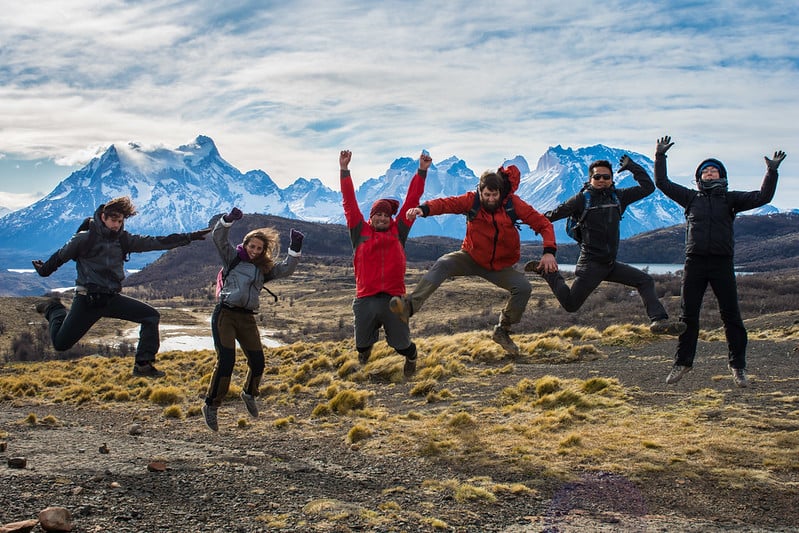
Still in need of inspiration? Take a look at some of our favorite travel videos.

